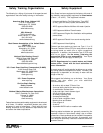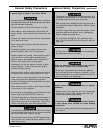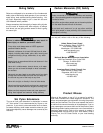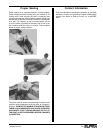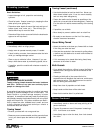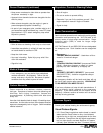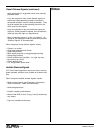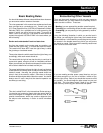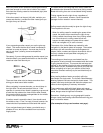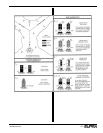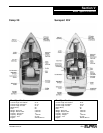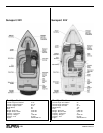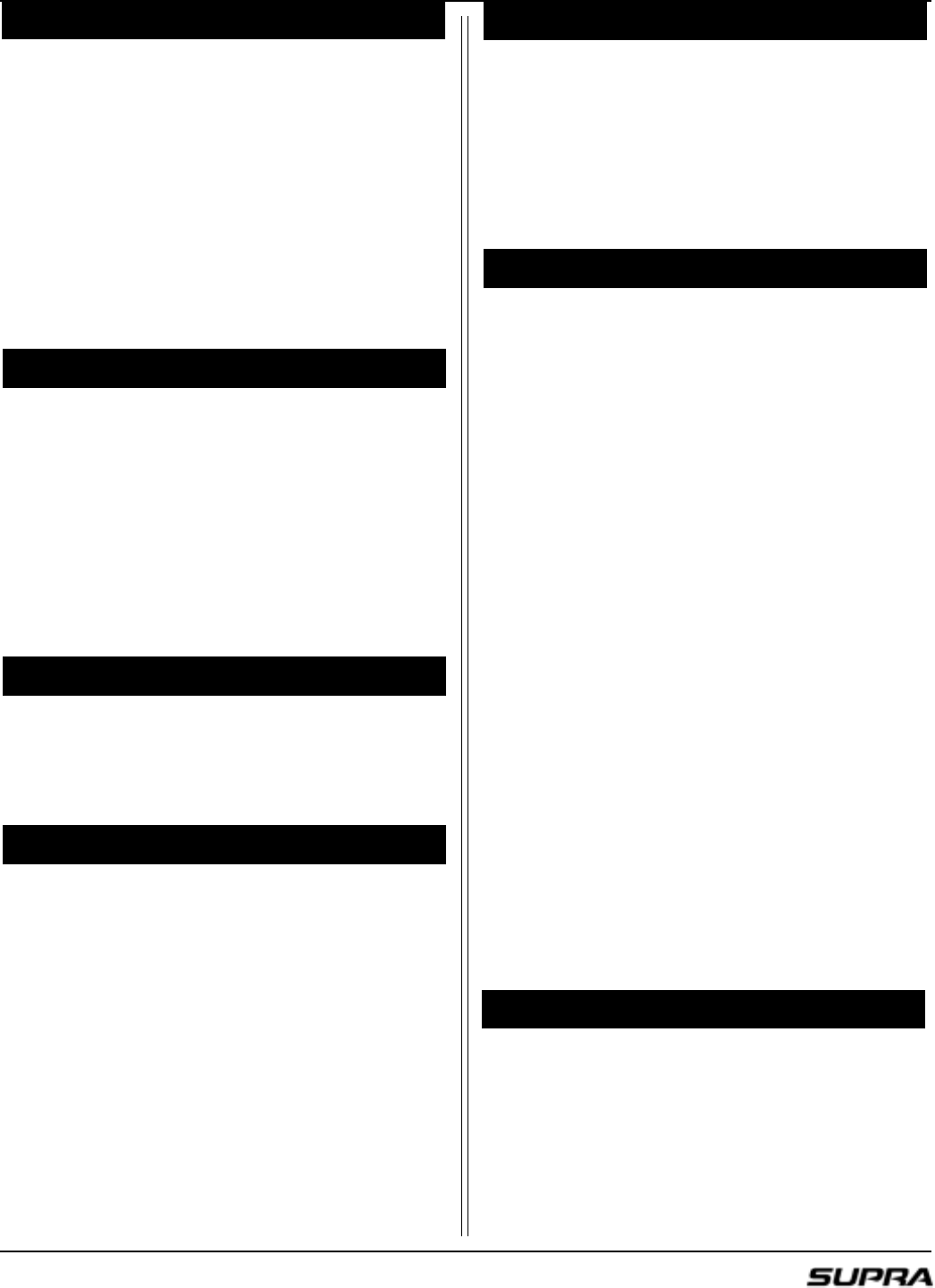
13 —
© 2006 Skier’s Choice, Inc.
Person Overboard (continued)
• Keep person overboard on helm side so operator has
the person constantly in sight.
• Approach from downwind and move alongside into the
wind for pickup.
• When almost alongside, stop the engine in gear to
prevent dangerous propeller “windmilling.”
• As part of your emergency plan, consider what to do if
you were alone and fell overboard (e.g., wear PFD, keep
signal device in PFD, attach emergency stop switch
lanyard to yourself).
Drowning
• Swim to rescue a drowning victim only as a last resort.
• Immediate resuscitation is critical! At least two people
on board should be certified in CPR.
• Keep the victim warm.
• Use care in handling. Spinal injury may exist if the
victim fell overboard.
• Signal for help.
Medical Emergency
• In an emergency, you may be far from professional
medical assistance. Be prepared. Take a first aid
course, and carry a first aid kit. Be aware of special
conditions that may affect anyone on board.
Carbon Monoxide
Carbon monoxide is an odorless, colorless, extremely
toxic gas. Symptoms of carbon monoxide poisoning are
dizziness, ears ringing, headaches, nausea and
unconsciousness. A poisoning victim’s skin often turns
cherry red.
Have the victim breathe fresh air deeply. If breathing stops,
resuscitate. A victim often revives, then relapses because
organs are damaged by lack of oxygen. Seek immediate
medical attention.
Propulsion, Control or Steering Failure
• Shut off engine.
• Put out an anchor to prevent drifting.
• Determine if you can fix the problem yourself. See
engine operator’s manual if engine is flooded.
• Signal for help.
Radio Communication
Radio is the boat operator’s main method of receiving safety
information and summoning aid. VHF-FM radio is the
primary means of short-range communication. Single
sideband radio (SSB) is used for longer range
communication.
VHF-FM Channel 16 and SSB 2182 kHz are designated
for emergency use. Such situations can be categorized
as:
• Emergency -
“MAYDAY, MAYDAY, MAYDAY” - Used when a life or
vessel is in imminent danger.
• Urgency -
“PAN-PAN, PAN-PAN, PAN-PAN” (pronounced PAHN-
PAHN) - Used when a person or vessel is in some
jeopardy less than indicated by a Mayday call.
• Safety -
“SECURITY, SECURITY, SECURITY” (pronounced
SAY-CURE-IT-TAY) - Used for navigational safety or
weather warning.
An emergency situation will be hectic and there will not
be time to learn proper radio procedure. LEARN WHAT
TO DO BEFORE YOU NEED TO DO IT.
If you hear a distress call, stop all radio transmissions. If
you can directly assist, respond on the emergency
frequency. If you cannot assist, do not transmit on that
frequency. However, continue to monitor until it is obvious
that help is being provided.
Distress Signals
Consult your national boating law enforcement agency.
Visual Distress Signals
• U.S. Coast Guard regulations require boats in coastal
waters and the Great Lakes to carry visual distress
signals for day or night use, as appropriate for the time
of operation. Exempt from the day signals requirement,
but not night signals, are boats less than 4.8 meters
(16 feet), open sailboats less than 7.9 meters (26 feet),




